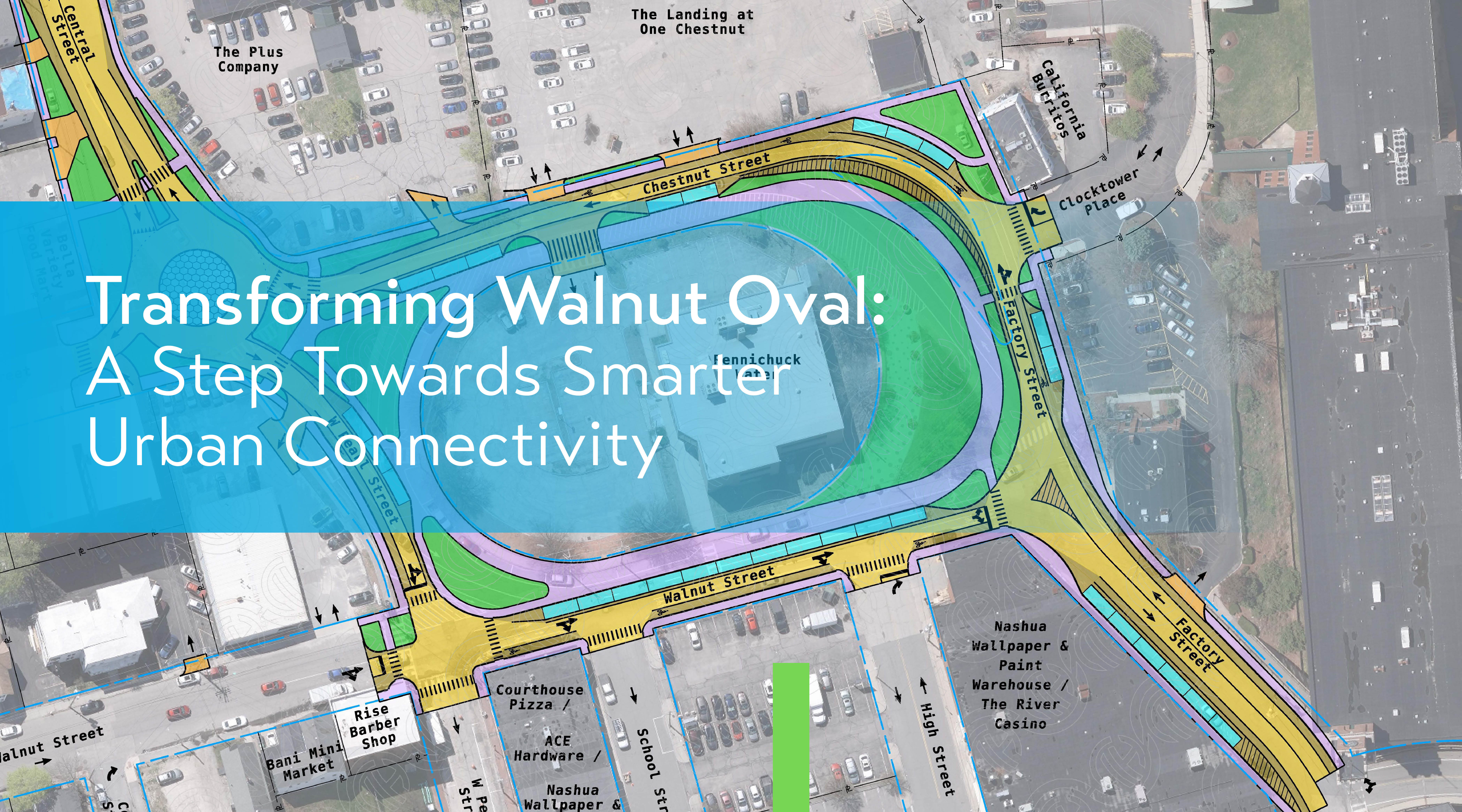I have worked on asset management projects throughout my 6-year tenure here at Hoyle Tanner. Although 6 years doesn’t seem like much time, it has been ample time to see evolution in the way asset management programs are used and how they’re needed to function.
Whether it be the funding agency rules, regulatory requirements, or simply the needs of the clients, the asset management landscape has been continuously evolving. Most notably has been the evolution of what clients are requesting from their asset management programs. Before working for Hoyle Tanner, I worked as a state regulator and my interactions with asset management were primarily in the form of capital planning. An engineer comes in, runs through an evaluation of your assets, and says “Here, these are your priority projects for the next 10 or so years.” Useful for planning purposes? Perhaps. Maximizes the use of your assets? Unrelated.
At the time, I would have considered a box of index cards with your routine maintenance needs that you paw through every month to be a pretty good asset maintenance plan. A GIS system that shows all your assets in the right locations would have been pretty good asset collection; though, let’s be honest, the paper map was probably more updated.
Through my first few years at Hoyle Tanner, I started seeing more and more clients developing those index cards. Except now they’re not index cards, they’re calendar reminders. Then, more clients wanted to update those GIS maps and keep them updated. They want to keep track of asset condition. “We check these annually, why can’t we document that and update the GIS info accordingly?”
You can. Let’s create a work order system to document your work on assets and update your asset inventory based on it.
Then came the vertical assets. Clients saw that they could electronically keep track of those horizontal assets, why not your pumps and treatment equipment, too? One of the bigger jumps in the evolution of asset management was information access. Clients have GIS maps, asset inventories, work orders, standard operating procedures, photos, tie books, and now they wanted to access all of this information out in the field.
Along with this request for improved information access came the request for interconnectivity of data. “When I submit a work order, can that automatically update my condition assessment?” Sure, let’s figure out how.
We have now reached a point where we have made the connection between asset maintenance programs and asset planning: true asset management.
We have now reached a point where we have made the connection between asset maintenance programs and asset planning: true asset management. We’re now associating life expectancy and finance with how those assets are maintained. As a result, we are now seeing a return to that capital planning need. Except it’s no longer a dead binder sitting on a shelf for 10 years, it is a moving list that’s updated based on changes logged in the asset management program. During annual budgeting, we’re seeing more clients looking to their asset management programs to make short- and long-term investment decisions.
But has asset management really changed? What has really come to my attention is that the fundamentals of asset management have not changed, only where we are in the process. We work with a multitude of asset management clients, and although many have reached the point of software, work orders, and financial planning, many are still just trying to develop that inventory. Once they get that inventory, they want that automatic updating and the interconnected work orders. As asset management programs improve (better technology, better connectivity, etc.), we want more from them and the evolution continues.
For Additional Resources:









